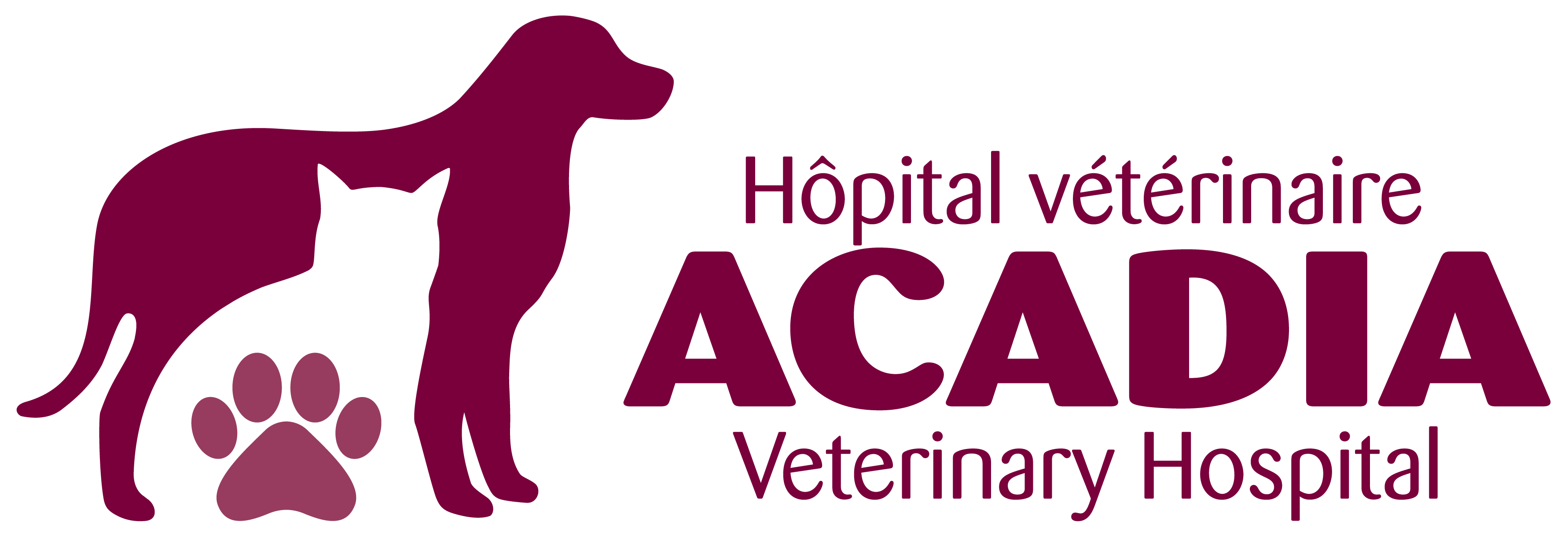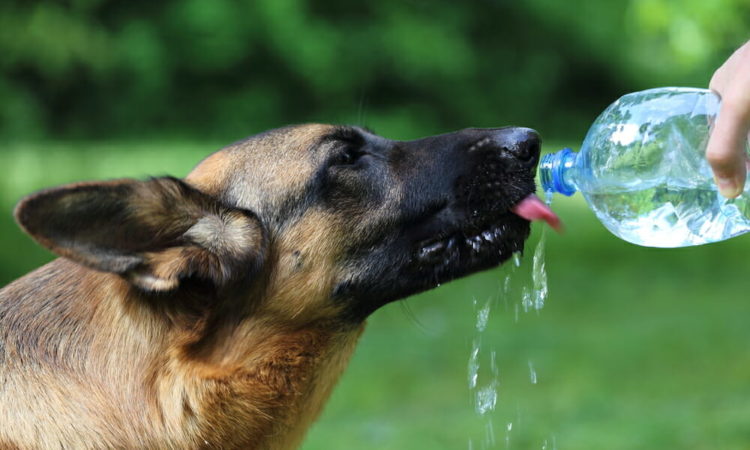Spaying or neutering your cat is essential to control unwanted pregnancies and to help reduce the overpopulation of strays. Spaying and neutering (castration) are routinely done at Acadia Veterinary Hospital, using sterile techniques and registered veterinary technician (RVT) monitoring.
What is spaying or neutering?
Spaying is the common term used to describe the surgical procedure known scientifically, as an ovariohysterectomy. In this procedure, the ovaries and uterus are removed completely in order to sterilize a female cat. Neutering and castration are the common terms used to describe the surgical procedure known scientifically, as an orchidectomy. In this procedure, both testicles are removed in order to sterilize a male cat.
When should I neuter/spay my cat?
We recommend that all non-breeding cats be sterilized and neutered. Several health benefits are associated with this. Spaying your cat eliminates the risk of pregnancy and the risk of ovarian and uterine cancer. Also, spaying significantly reduces the risk of breast cancer. Finally, cats with diabetes or epilepsy benefit from being spayed. Neutering male cats markedly alter negative behaviour like territorial marking with urine, reduction in the offensive odour of the urine and diminish the desire to fight with other cats. Fighting leads to severe infections and abscesses and prevents these cats from reproducing.
What is the procedure to spay/neuter a cat?
It is recommended to neuter and spay your cat before the onset of puberty. Puberty normally begins between 6 and 10 months of age. It is becoming more common to perform this procedure at an early age, such as 4 months. Basically, your cat will be examined and then admitted. In all cases, a wellness blood panel is recommended to access the metabolic health of your cat. Then, your cat will undergo a general anesthetic, the surgical sites will be prepared for surgery and proper pain management treatment is instituted. Then the procedure will be done! Patients recover in an incubator for proper heat control and observation. Post-operative instructions are prepared for all patient and these are discussed when the animals go home (usually the same day).




